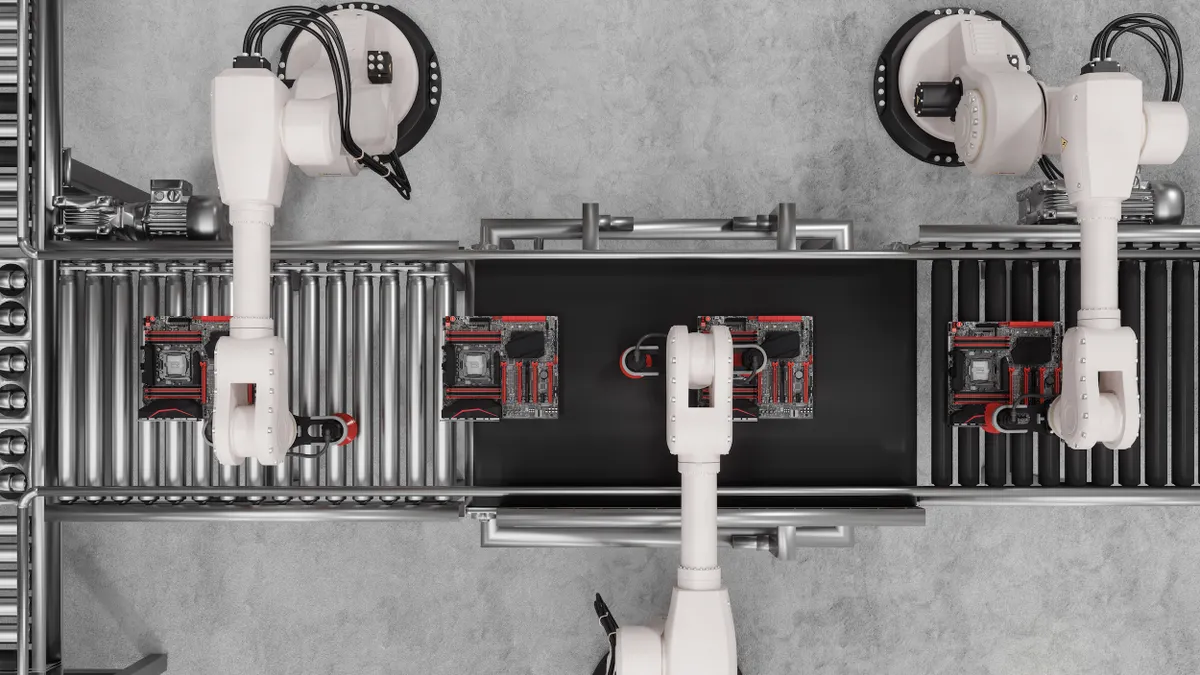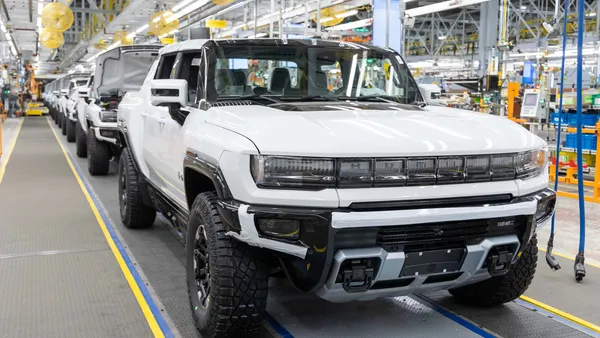Industrial manufacturing has entered a new era—one marked by rapid digital disruption, rising operating costs and shrinking margins. And yet, many organizations remain stuck in what new global research calls the “value void”: the gap between technology investment and actual productivity returns.
According to Infor’s global survey of 500 industrial manufacturing leaders, 80% expect to increase their investment in digital technologies by 20% or more over the next three years. But without a strategic approach to how technology is deployed and adopted, these investments risk falling short.
The findings suggest a clear imperative: manufacturers that align digital transformation with operational excellence—not just innovation for innovation’s sake—are unlocking measurable performance advantages.
Inside the Value Void
Despite strong momentum toward cloud, AI and automation, many manufacturers are still operating with fragmented systems, legacy infrastructure and minimal integration. In fact, only 15% of industrial manufacturers have adopted technology-centered operating models—compared to 26% in non-industrial sectors, according to McKinsey.
This lag isn't just a tech issue—it's a competitive liability. As customer expectations rise and supply chain volatility continues, the ability to anticipate, adapt and optimize is becoming a baseline for survival.
“It’s no longer about experimenting with digital transformation,” notes Dr. Chris Brauer of Goldsmiths, University of London. “It’s about building resilient strategies that deliver measurable value.”
The four vectors to productivity
Top-performing industrial manufacturers in the study shared four defining traits—what the report calls “Vectors to Value.” These vectors offer a blueprint for translating tech investments into real-world outcomes:
- Process as a competitive weapon
High-performing organizations treat process design and automation as a strategic function. For example, 54% of these companies believe they are using digital technologies well to automate repetitive, non-value-added processes—compared to just 29% among low performers.
By adopting technologies like process mining and supplier portals, these manufacturers streamline operations, reduce risk and drive consistency across global networks. - Tech-Driven agility
Whether it's GenAI, RPA, or predictive analytics, the most productive manufacturers are leveraging advanced tools to stay ahead of disruption. One standout stat: 49% of top performers are using predictive technologies well to anticipate events and take early action—versus just 29% of their peers.
These capabilities not only reduce downtime and improve planning—they also support compliance, product innovation and dynamic resource allocation. - Data-Literate cultures
A tech stack is only as valuable as the data it enables. The best manufacturers use data not just for dashboards, but to drive real-time decisions. The productivity gap here is stark: 64% of top performers are accessing relevant data to inform smarter decisions to a high standard, compared to just 32% of low performers.
With ML and AI integrated into their platforms, these companies are using data to continuously refine product offerings, optimize maintenance and align capacity with demand. - Customer-Centric innovation
Leading manufacturers define their success through their customers’ success. Fifty-six percent of top performers are embedding customer feedback directly into their product innovation processes effectively —versus just 43% of others.
Technologies like Configure-Price-Quote (CPQ) tools help these companies tailor offerings at scale, reduce quoting errors and streamline complex B2B buying journeys. The result: higher customer retention, faster sales cycles and increased share of wallet.
Cloud: The backbone of productivity
A recurring theme in the research is the enabling power of the cloud. Industrial organizations that embrace cloud-based platforms report faster deployment of innovation, easier access to real-time data and reduced IT complexity. Yet cloud adoption in this sector still lags behind others.
According to Forrester, many manufacturers continue to stitch together legacy applications instead of modernizing with a unified digital foundation—creating fragile architectures that limit scalability and agility.
The executive mandate
To compete in today’s market, executives must lead the charge in closing the value void—not just approving technology budgets, but driving alignment across operations, IT and customer-facing teams.
Here are three focus areas for tech-forward industrial leaders:
- Reframe IT as a value driver, not a cost center
- Invest in platforms that integrate AI, RPA and analytics across workflows
- Build a workforce culture that embraces continuous innovation and data-driven decisions
“Organizations should feel empowered by the availability of effective solutions—they just need to deploy the right one in the right way,” the report concludes.
Final thought
Industrial manufacturing is at a tipping point. Those who treat technology as an enabler of business velocity—not just modernization—are seeing higher revenue growth, better customer outcomes and stronger margins.
The tools exist. The playbook is becoming clear. What’s needed now is execution.
Source:
For full research insights, download “How Possible Happens in Industrial Manufacturing”.










